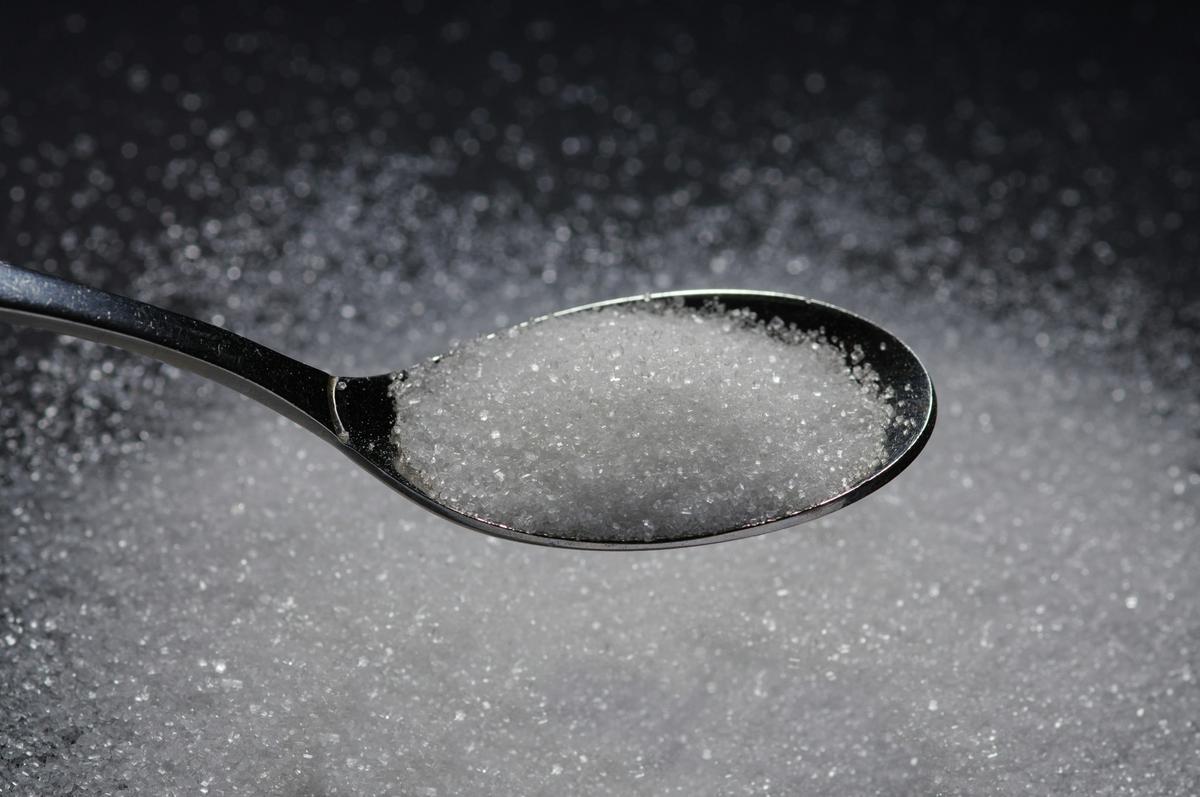Sugar Withdrawal Symptoms: What Really Happens When You Cut Back?
Healthy’s Summary
If you’ve ever tried cutting out sugar, you probably know it’s not just about resisting dessert—it can actually feel like your body is freaking out a little. Sugar withdrawal symptoms are real, and yes, they can be surprisingly intense. Headaches, cravings, mood swings, and even flu-like fatigue aren’t unusual. That’s because your brain has gotten cozy with a steady stream of sweet rewards, and when that stops? It protests.
Whether you’re ditching dessert cold turkey or just rethinking your daily soda habit, understanding these symptoms can help you stay the course. And the good news? Most of these side effects are temporary.
The symptoms—and how long they last—can depend on how much sugar you were eating, how quickly you cut back, and your overall lifestyle.
What are the symptoms of sugar withdrawal?
This isn’t just in your head—though, ironically, your head plays a starring role here. When you reduce or remove added sugars from your diet, your brain’s reward system temporarily loses its favorite fuel. This can trigger a cascade of physical and emotional reactions that feel… kind of like a breakup. So what are the main symptoms of sugar withdrawal?
Here’s how it tends to go:
Headaches and sluggishness: Some people notice a dull ache behind their eyes or a throbbing tension headache. It can feel like caffeine withdrawal, and it might hit a few hours or a day after your last big sugar fix. Why? Because your body’s blood sugar levels are recalibrating, and your brain is adjusting to a slower dopamine release.
Mood swings or irritability: Think cranky toddler vibes. You might find yourself snapping at people or feeling inexplicably weepy. This is especially common in the first 72 hours. Your mood is closely tied to blood sugar stability, and without those quick highs from sweets, emotional dips are common.
Cravings that hit hard: Don’t be surprised if you start fantasizing about donuts or rifling through cabinets like a snack-deprived raccoon. Your body’s hunger hormones (ghrelin and leptin) are out of sync, and your brain is used to sugar as a fast source of comfort and energy.
Fatigue or “brain fog”: That foggy, low-energy, can’t-focus feeling? Very common. Especially if your meals are lacking in protein, fiber, or healthy fats, which can help stabilize your energy while you adjust.
Digestive changes: Weirdly enough, some people notice bloating or bathroom shifts. If you’ve swapped sweets for high-fiber fruits or sugar alcohols, that can be part of the story. Your gut bacteria are also adjusting to a different food supply.
How long does sugar withdrawal last?
This is one of those “it depends” situations—but for most people, the worst of it passes within 3 to 5 days. That said, it can take up to two weeks for cravings and mood swings to fully level out. The more sugar you were eating regularly (especially from soda, candy, or ultra-processed foods), the more dramatic the adjustment might feel.
If you were also eating a lot of refined carbs (white bread, chips, pasta), you may go through a double whammy—since those convert to sugar quickly in the bloodstream and can cause similar withdrawal symptoms when reduced.
Your hydration, sleep, and overall nutrition also play a big role. Skipping meals or under-eating during this transition? That’ll just make everything worse.
Ask Healthy
What helps with sugar withdrawal symptoms?
If you were wondering how to make this whole detox less miserable, you’re not alone. A few small shifts can ease the process.
First, don’t just cut sugar—replace it with nourishing foods. Lean proteins, healthy fats, whole grains, and fiber-rich veggies can help regulate your blood sugar and keep you feeling more stable. Bonus: they’re also more satisfying, which can help tame cravings over time. Need help picking out your next go-to snack? Check out our article: Easy High-Protein, Plant-Based Snacks That Actually Satisfy. These will help you stay fuller longer.
Second, don’t forget about sleep and stress. Lack of sleep makes sugar cravings stronger, and stress can send you straight back to comfort foods. Movement helps too, even if it’s just a walk after dinner.
And be kind to yourself. Sugar is woven into everything from birthdays to breakups. You’re not weak or broken for craving it—you’re human.
The Takeaway
Cutting back on sugar isn’t just a physical shift—it’s a whole-body recalibration. The symptoms of sugar withdrawal can be annoying (and sometimes weirdly emotional), but they’re a sign that your system is rebalancing. Stick with it, and most of those effects fade within a week or two.
And if it still feels impossible after a couple weeks? It’s okay to pause, reassess, and try a more gradual approach. You don’t have to go all-or-nothing to make progress.
Want to dig deeper?
Master Your Macros
Master Your Macros is here to help you track your meals, optimize your protein, fat, and carb intake, and align your diet with your health goals. This program supports balanced nutrition, promotes a healthy relationship with food, and encourages fueling your body — not controlling it. Whether you’re new to the concept of macros or a seasoned tracker, you’ll get tailored guidance and act
Enroll in one of Healthy’s Programs to log, track and learn more about your Health, one conversation at a time.
Learn More




